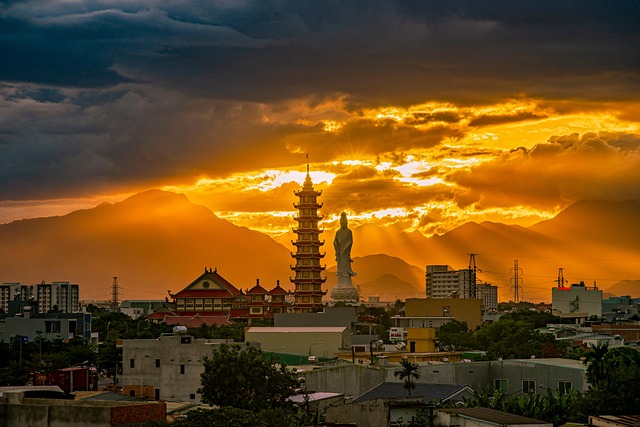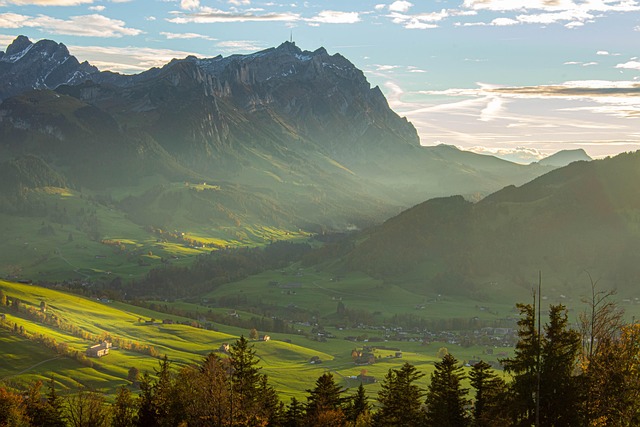As we dive into the rich tapestry of religious holiday traditions, one often overlooked yet profoundly symbolic element stands out: the bracket. Brackets, both literal and metaphorical, represent the confines and connections within religious observances, offering a deeper understanding of the rituals we hold dear.
In myriad cultures, holidays serve as brackets that contain time and space within specific parameters, allowing us to gather, reflect, and celebrate. They act as boundaries that not only separate the sanctity of the festivities from the mundanity of everyday life but also unite individuals and communities under shared beliefs. For instance, during religious celebrations like Passover or Diwali, the act of coming together within these temporal brackets strengthens communal bonds and fosters a sense of belonging.
Moreover, brackets often symbolize the guidelines and traditions set forth by various faiths which dictate how we observe these holidays. Take the time for Lent in Christianity or the month of Ramadan in Islam; both are periods bracketed by specific rules and practices that encourage spiritual growth and reflection. This structure provides a framework for believers, guiding them through a journey of faith that enhances their holiday experience.
In a more abstract sense, consider the idea of emotional brackets during these significant times. The joy of celebration often exists within a bracket of remembrance for those who have passed, or perhaps within the confines of personal struggles that surface during these meaningful gatherings. Our holiday interactions create a balancing act where joy and sorrow coexist, reminding us of the complexities of human experience.
Even visually, the imagery of brackets emerges in decorations and symbols during holidays. Many cultures utilize bracket-like forms in their art, whether in the architecture of places of worship or in traditional festive designs. These artistic representations serve as visual anchors, drawing us into the sacredness of the moment and wrapping us in the warmth of shared history and collective memory.
Exploring the symbolism of brackets within religious holiday traditions ultimately invites us to reflect on our own experiences. How do our personal beliefs and cultural practices create brackets that shape our understanding of celebration? As we navigate through the intricate layers of faith and festivity, we come to realize that the essence of a holiday is often found in the spaces we create, the moments we cherish, and the traditions we uphold. Embracing these brackets not only enhances our individual journeys but also enriches the communal tapestry of faith that binds us all together.
In the end, the humble bracket transcends its literal form, evolving into a powerful symbol within the realm of religion and human experience. Recognizing its presence during our treasured holidays allows us to appreciate the depth of our practices and the unity found in our shared beliefs.




